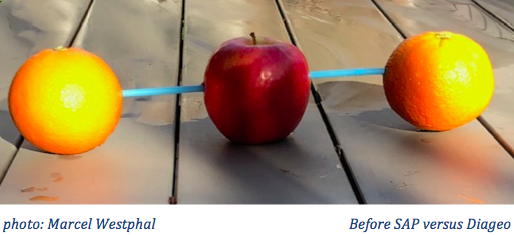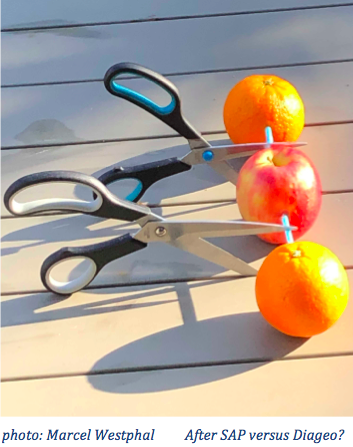Microsoft unplugged? About sneaky software, secret data collection and a European headache
After all the media attention for the use of the security and antivirus software of the Russian company Kaspersky Lab (now forbidden for Dutch civil servants), the fuss and commotion about the privacy violations of Facebook and the noisy turmoil surrounding the Chinese telecom company Huawei, the media has been relatively - and scarily - quiet about the sneaky software, the large-scale privacy violations and the mysterious data streams of Microsoft.
Lees dit artikel
